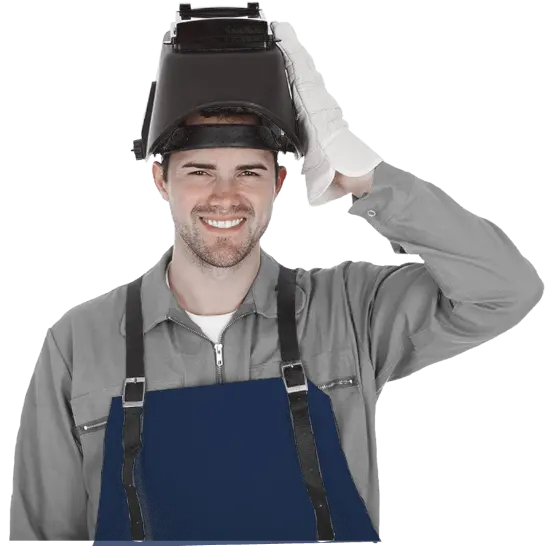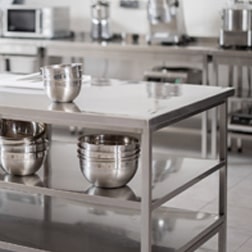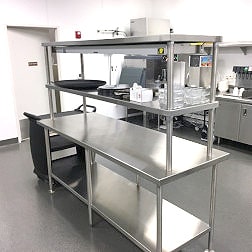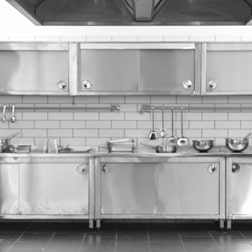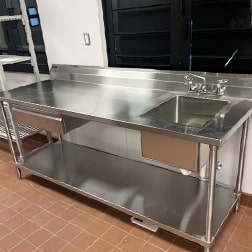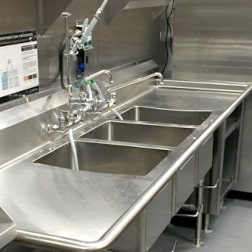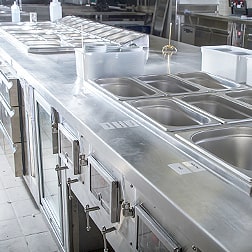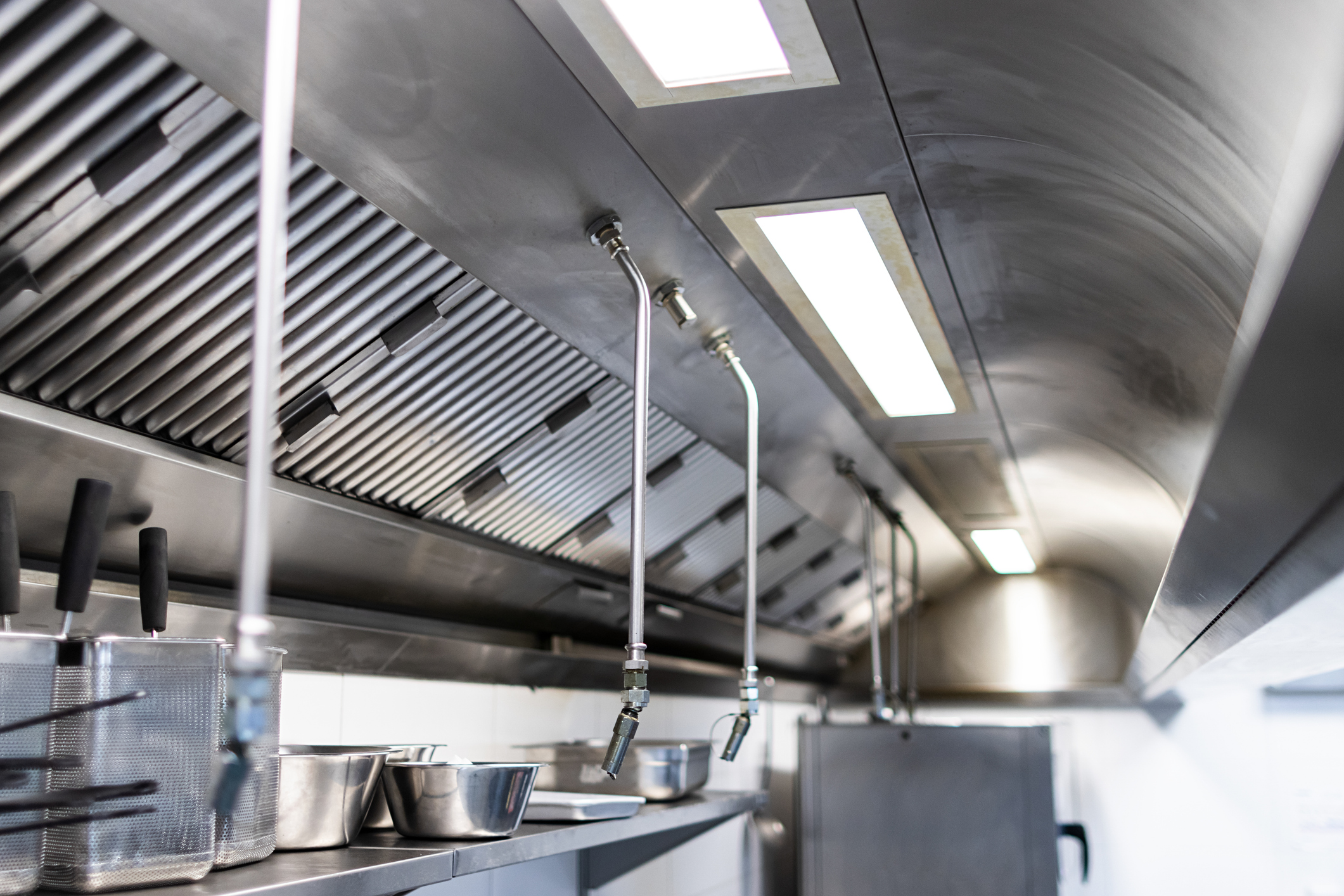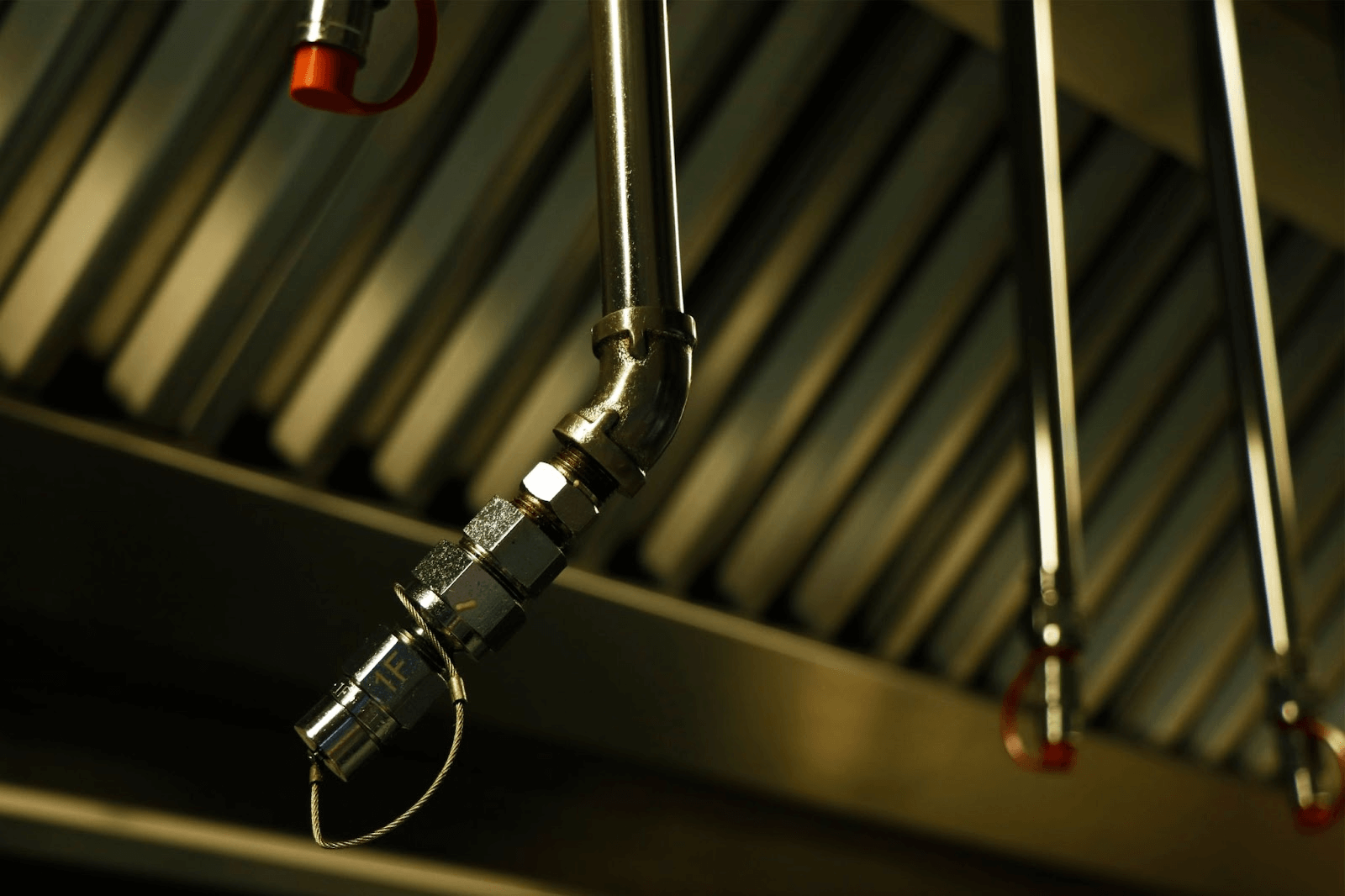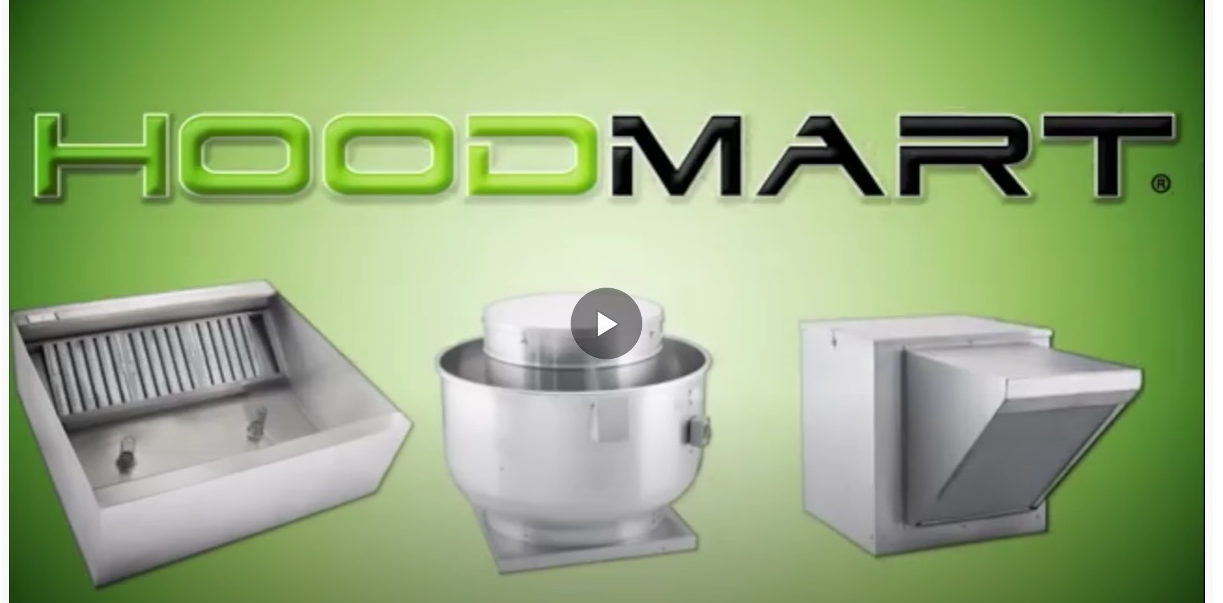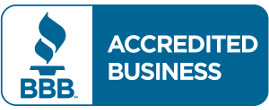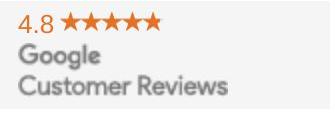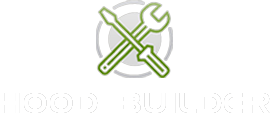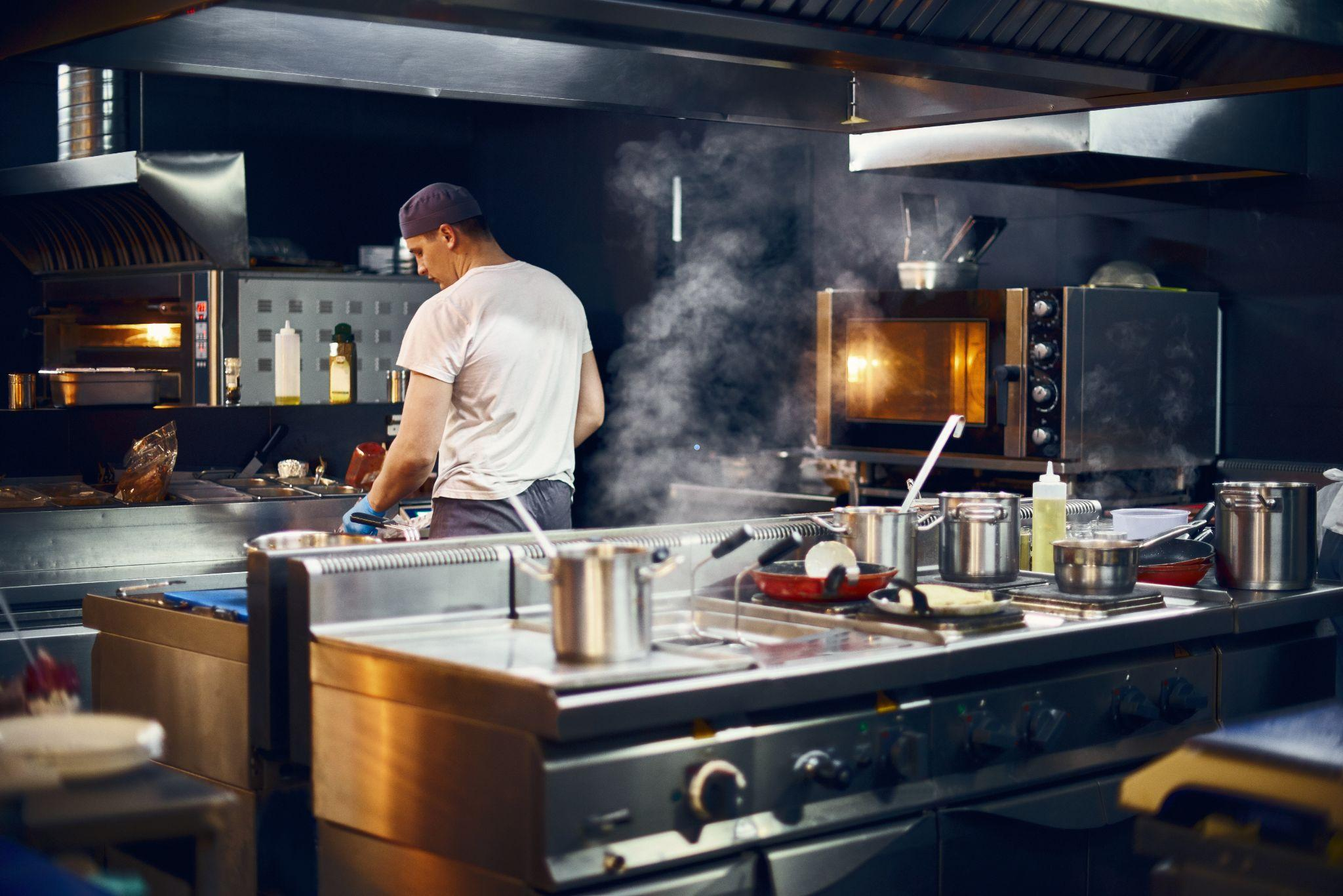
Running a commercial kitchen means paying close attention to every detail, especially when it comes to how you ventilate the space. A well-designed and properly working commercial hood system isn't just nice to have; it's essential for keeping your air clean, ensuring safety, and meeting strict rules and regulations.
As you look to buy a commercial kitchen hood system, it's important to understand all the different things that can affect its price. In this complete guide, the experienced pros at HoodMart will dig into the many factors that shape the commercial hood system cost. We'll give you valuable insights and practical tips to help you make the best decision.
Factors Influencing the Cost of a Commercial Hood System
Size and Type of Hood System:
You need to look closely at your kitchen layout, cooking equipment, and ventilation needs to choose the right size and type of commercial hood system. Larger kitchens or those with specialized appliances—like high-powered stoves or combination ovens—may require bigger or custom-built hoods. The size and complexity of the system will directly impact the overall cost.
Ventilation Requirements:
Ventilation requirements can vary a lot depending on your kitchen’s size, layout, and how it operates. Factors like airflow capacity, ductwork design, and air balance considerations are important in determining the commercial hood system cost. Complex ductwork layouts, extended duct runs, and the need for additional components such as grease traps or fire suppression systems can significantly contribute to overall costs. Following local building codes and regulations also affects the design and cost of a commercial kitchen hood system. All of these factors play a role in the final price.
Materials and Construction:
The materials used in a commercial hood system affect how long it lasts, how well it works, and how much it costs. Stainless steel is the most common choice because it's durable, easy to clean, and resists rust. But the type, thickness, and finish of the steel can change the price. Custom features like built-in lights, special filters, or advanced airflow tech can also raise the cost—but they can make the system more efficient, too.
Exhaust and Makeup Air Systems:
A commercial kitchen hood system includes more than just the hood—it also needs exhaust and makeup air systems to work properly. Good airflow keeps your kitchen safe, comfortable, and up to code. Fan size, ductwork design, and whether you need makeup air units all affect how well the system works and how much it costs. That’s why it’s smart to work with experienced HVAC professionals. They can design and install the right setup for your space—one that works efficiently and fits your budget.
Professional Installation and Compliance
It’s important to have your commercial kitchen hood system installed by professionals. If it’s done wrong, it might not work properly—and could even be unsafe. That can lead to costly repairs, code violations, or even a kitchen shutdown.
Installation costs include labor, equipment, and any changes needed to fit your space. You may also need permits, inspections, or updates to meet building, fire, and health codes. All of this can affect your total commercial hood system cost.
Cost Range for Commercial Hood Systems
It’s hard to pin down the exact cost of a commercial hood system without knowing your specific setup, but general price ranges can help you plan. Most systems cost between $2,000 and $20,000 or more.
Prices depend on the size, design, materials, and any special features. Smaller, simpler systems cost less, while larger or custom setups with advanced ventilation cost more.
To stay on budget and get what you really need, talk to experienced pros or trusted suppliers. They can guide you toward the right system that works well and makes the most of your investment.
Invest in the Right System for Long-Term Success
Investing in a top-notch commercial kitchen hood system is a smart move that directly affects how safe, efficient, and compliant your commercial kitchen is. By carefully looking at things like size, ventilation needs, materials, and professional installation, you can make smart choices that get you the best performance and keep your commercial hood system cost down over time.
While prices can change based on what your specific project needs, truly understanding what influences those costs lets you handle the buying process with confidence.
Still have questions? HoodMart's expert team is ready to help you every step of the way. Contact us today for personalized advice, recommendations from pros, and full solutions made for your commercial kitchen's unique needs. With HoodMart, you can trust that your investment in a commercial hood system is in good hands, making sure your cooking operations are safe, functional, and successful.



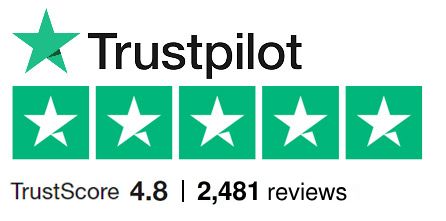




 CUSTOM FABRICATOR
CUSTOM FABRICATOR